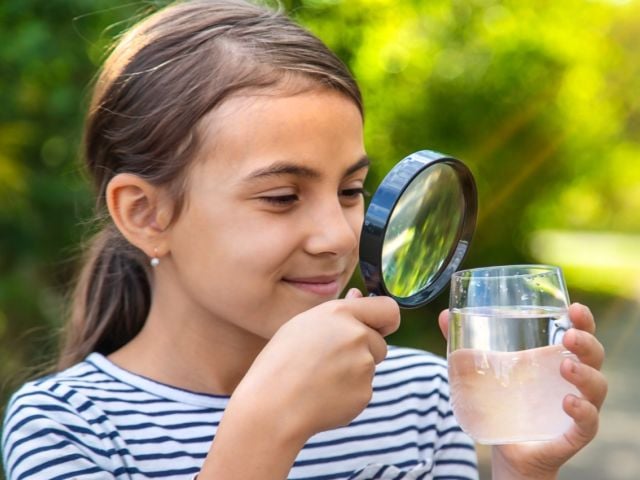Research
We work closely with subject matter experts to bring you breakthrough research that you can count on. Explore our data-driven publications and reports.
Featured
Getting ‘forever chemicals’ out of drinking water: EWG’s guide to PFAS water filters
Taking ‘forever chemicals’ out of drinking water: EWG’s guide to PFAS water filters. Discover the most effective water filters for reducing PFAS contamination in your water. EWG's extensive tests...
EWG investigation: Dangerous agricultural chemical chlormequat found in popular oat-based products
A new EWG investigation finds for the first time troubling concentrations of the toxic agricultural chemical chlormequat in oat-based products sold in the U.S., including everyday brands marketed to...
Power and profit: How PG&E fails California ratepayers and what to do about it
EWG’s utility business model would create a more balanced policy and regulatory regime for PG&E customers. It is designed to hold the company responsible for its investment patterns and shift...






